“Michael’s Market has always been an extension of Michael’s on Naples, of everything we use in the restaurant,” said Executive Chef Eric Samaniego, pointing to the former pizzeria space that sits just west, directly next door to the famed Italian restaurant. Inside, one can peruse through canned goods, wines otherwise hard to find for sale, tubs of sauces to-go, bundles of fresh pasta…
And after nearly four years of prepping for the space, Michael’s Market in Naples has finally integrated itself into the neighborhood in a pandemic-birthed dream that both Samaniego and General Manager Massimo Arrone shared when they were one of the first in the city to shift toward selling their product to-go amid the COVID crisis.
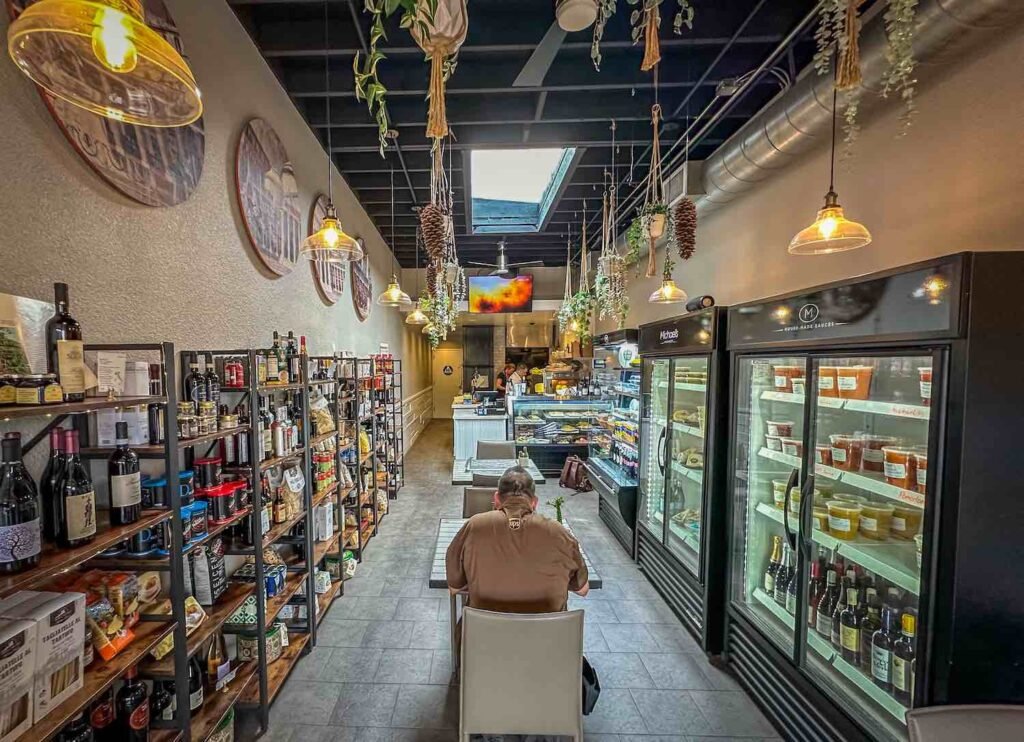
Michael’s Market, an idea birthed in the pandemic, was always destined to become a permanent fixture for the restaurant
“There’s no other way to put it: The market kept us afloat in the pandemic.”
These are the words of Arrone whom, with Samaniego and the Michael’s on Naples team, were among the first in the city to propose a market-style approach during the pandemic—something they initiated nearly one week into the crisis. Soon after, countless restaurants joined in and for the Michael’s team, it proved beyond fruitful: Bottles of sauces—from pomodoro and classic red sauces to vodka sauces and bolognese—were carried home followed by fresh pasta, bottles of wine, cheeses, and even produce.
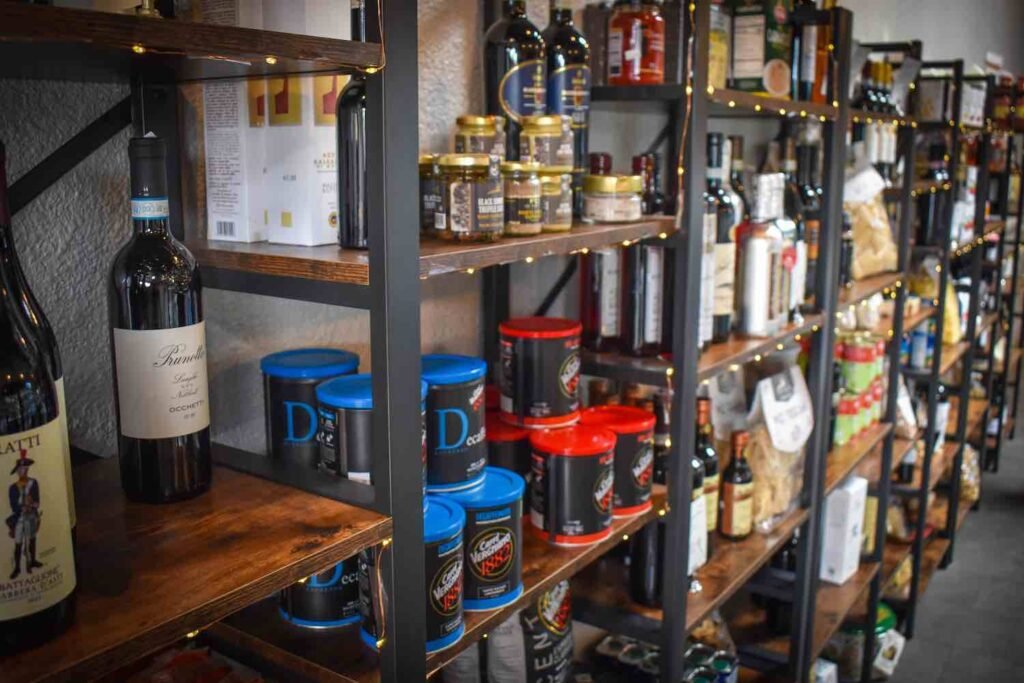
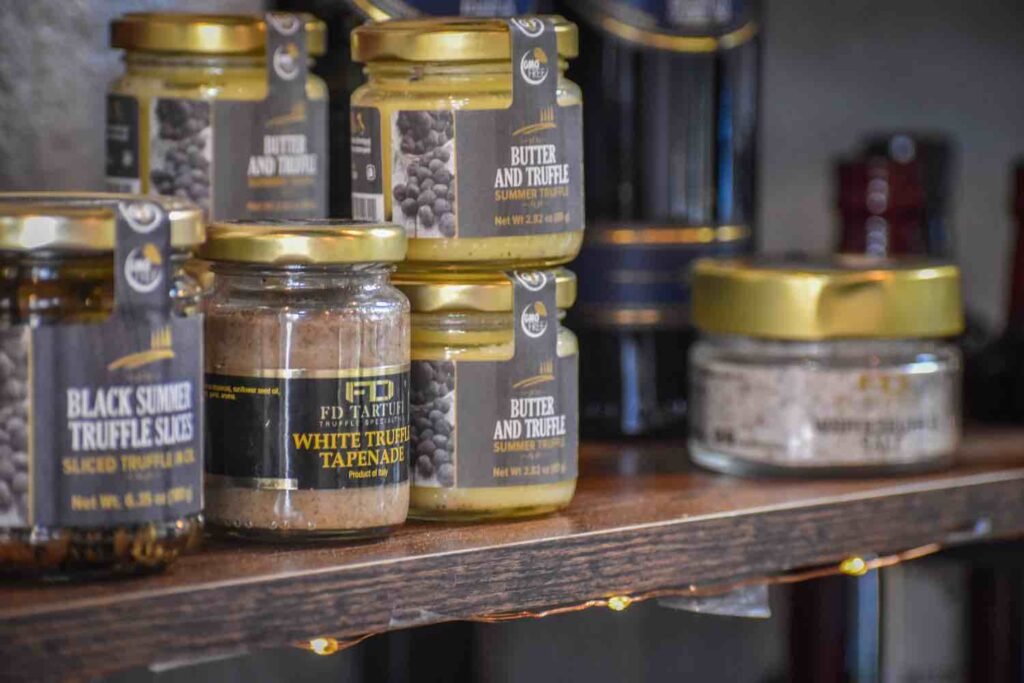

And the idea to make it permanent simply made sense but, of course, the question of space was the larger concern at hand.
“We had chased the idea of finding another brick-and-mortar as we did before,” Arrone said, echoing to the much-missed Working Class Kitchen, a market-meets-butchery concept that was not only ahead of its time but also a reminder of another loss, Chianina, within the Michael’s family.
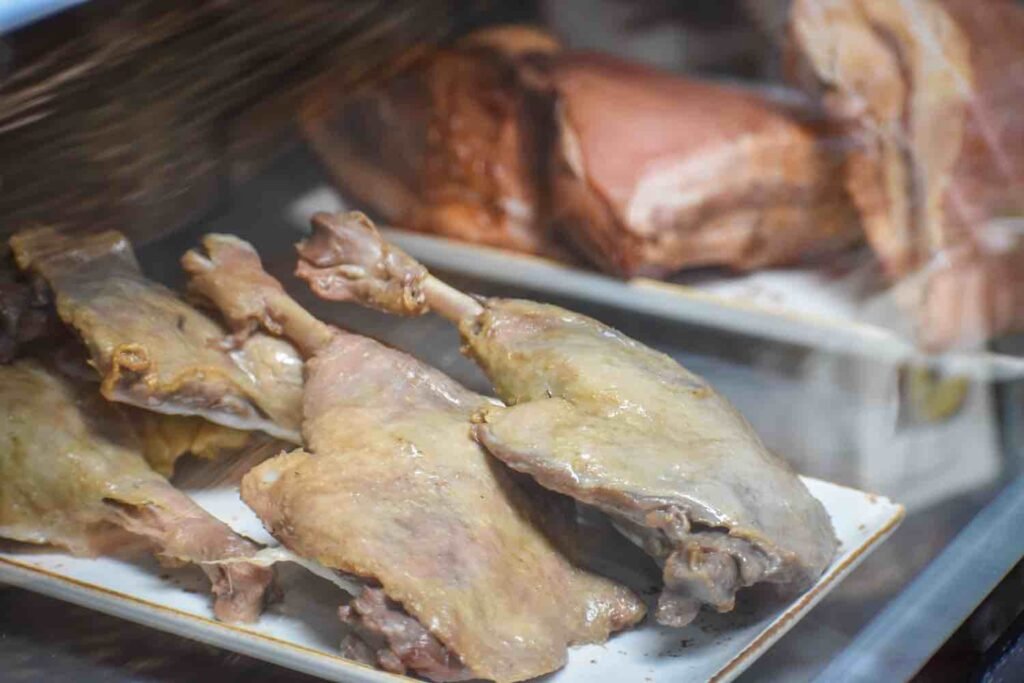
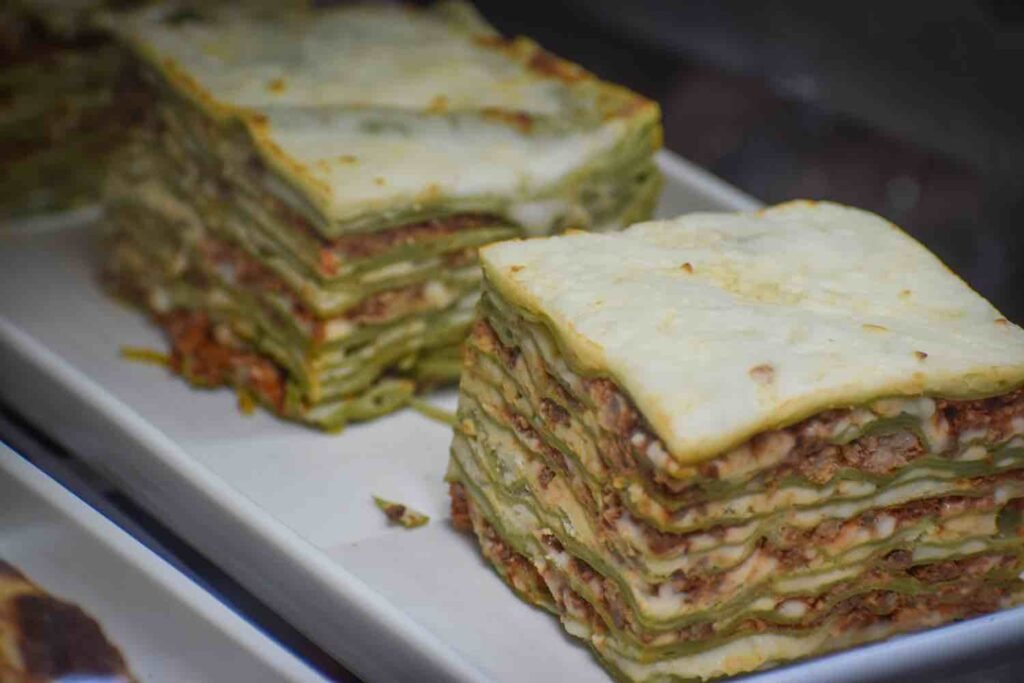
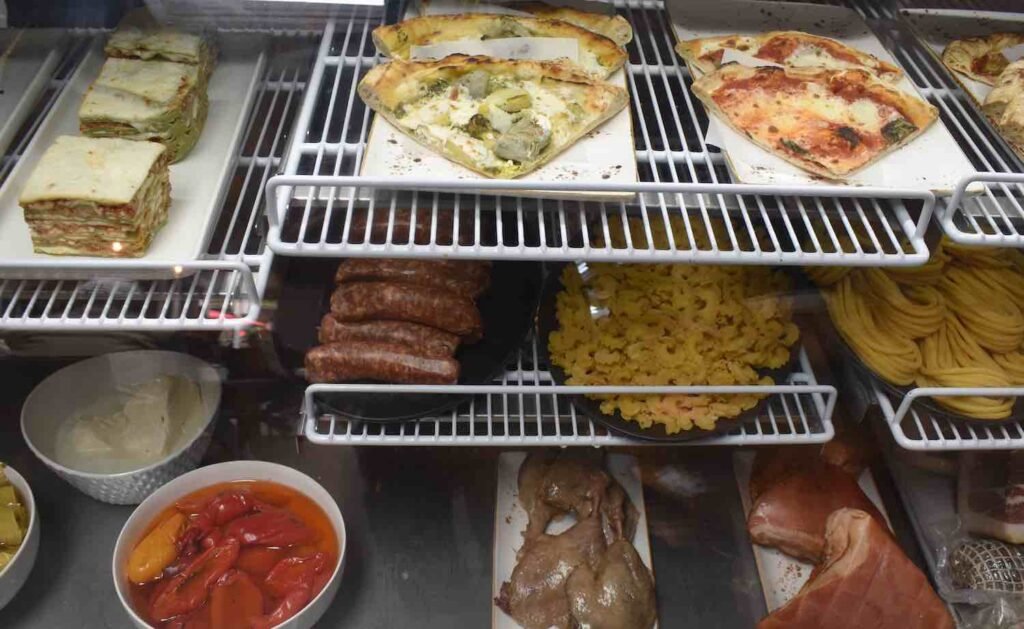
Conceived in 2013 and opening during Christmas of that very year, Chianina was a concept that brought the definition of a steakhouse to a whole new level in not just Long Beach, but the entire country: The Michael’s team had scored a handful of coveted Chianina bovine—the cherished cow used for Italy’s famed bisteca alla Fiorentina, a Florence-based steak dish that is as coveted culinarily as it is culturally in Italy—to be raised in Ohio.
For any, absolutely any part of the cow that was not used in the restaurant, would be moved over to Working Class Kitchen in Zaferia (the space once occupied by Commodity and now occupied by Good Time), a butchery where one could buy freshly ground Chianina beef, house-made sausages, and more.
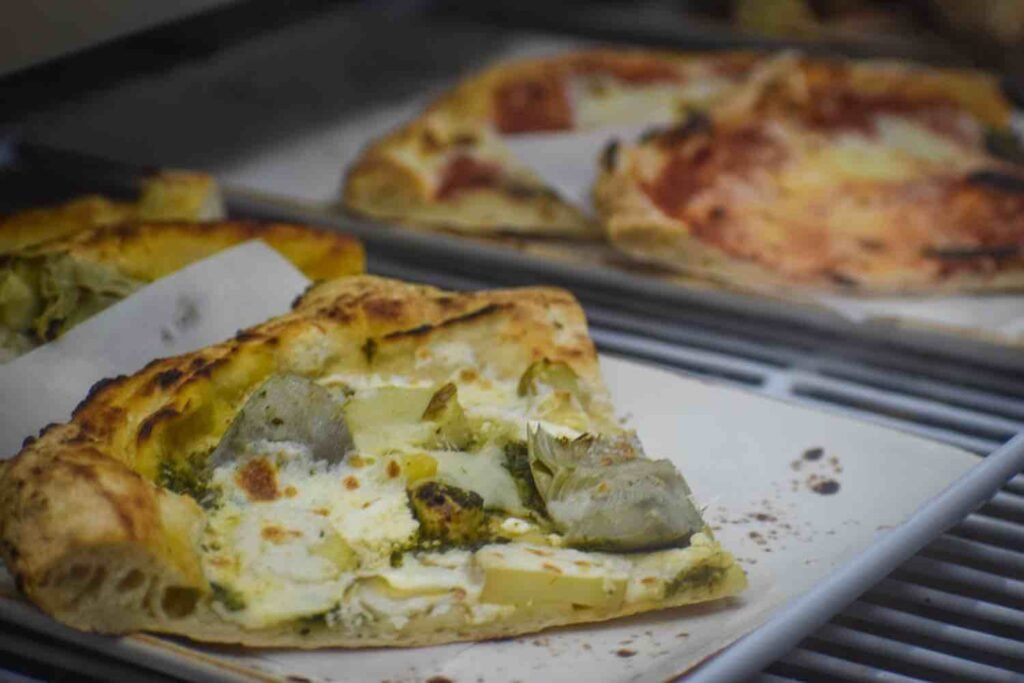
Eventually, the space as a pseudo-market and sandwich shop grew, particularly with its stellar Chianina burger—and the dream was to eventually get it to a higher foot traffic space outside Zaferia, an idea that ultimately died when the butchery formally shuttered in early 2018.
In this sense, Michael’s Market is a return full-circle for a very Italian idea that always lived within the Michael’s ethos: Nothing goes to waste and all can be used or reused in some capacity.
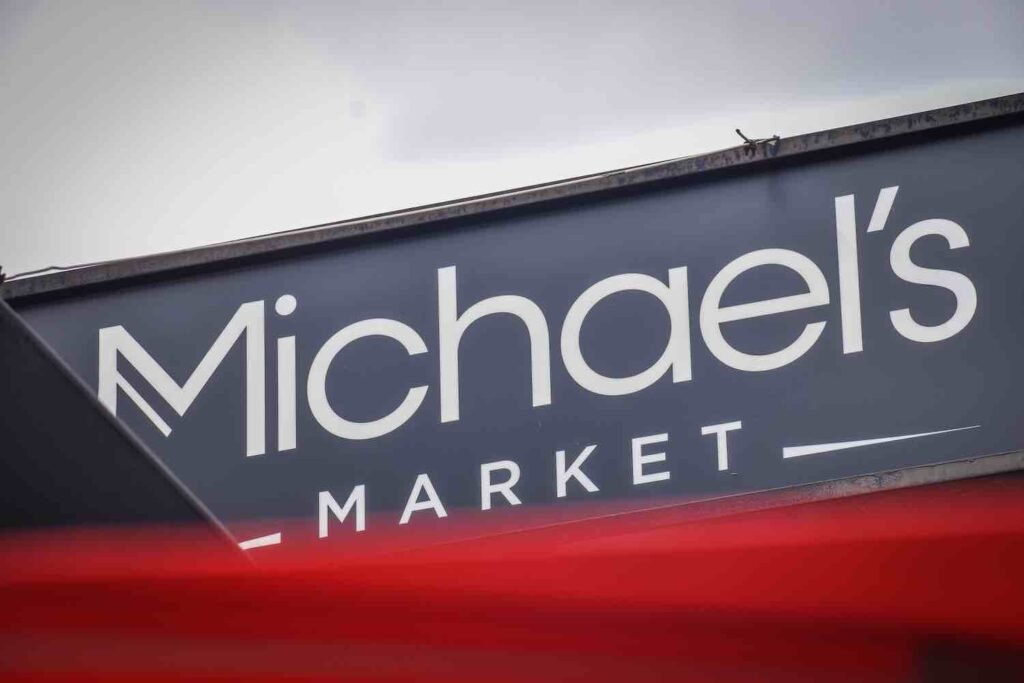
The sustainability roots of Michael’s Market are deeply attached to Michael’s as a whole
Long before labeling the ranch of your protein or the farm of your vegetables was common—well, even before “farm-to-table” became an all-too-common catchphrase now abused by nearly every trendy restaurant in the region—Michael’s on Naples was working with local farmers, sustainable and ethical ranchers, and regional purveyors for a sourcing that mimicked Italian foodways.
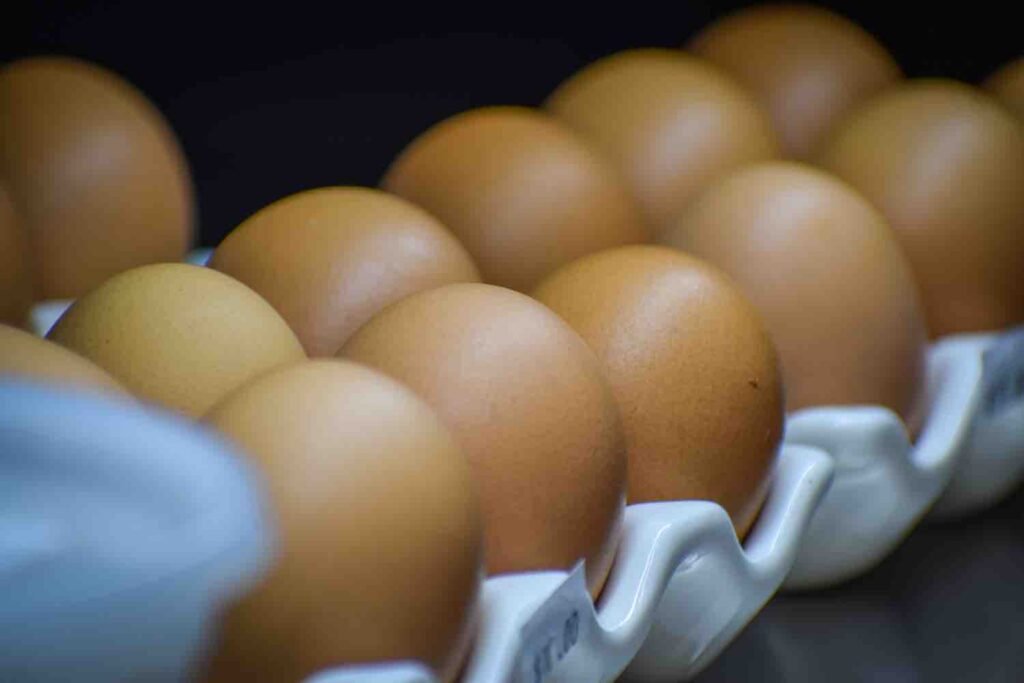

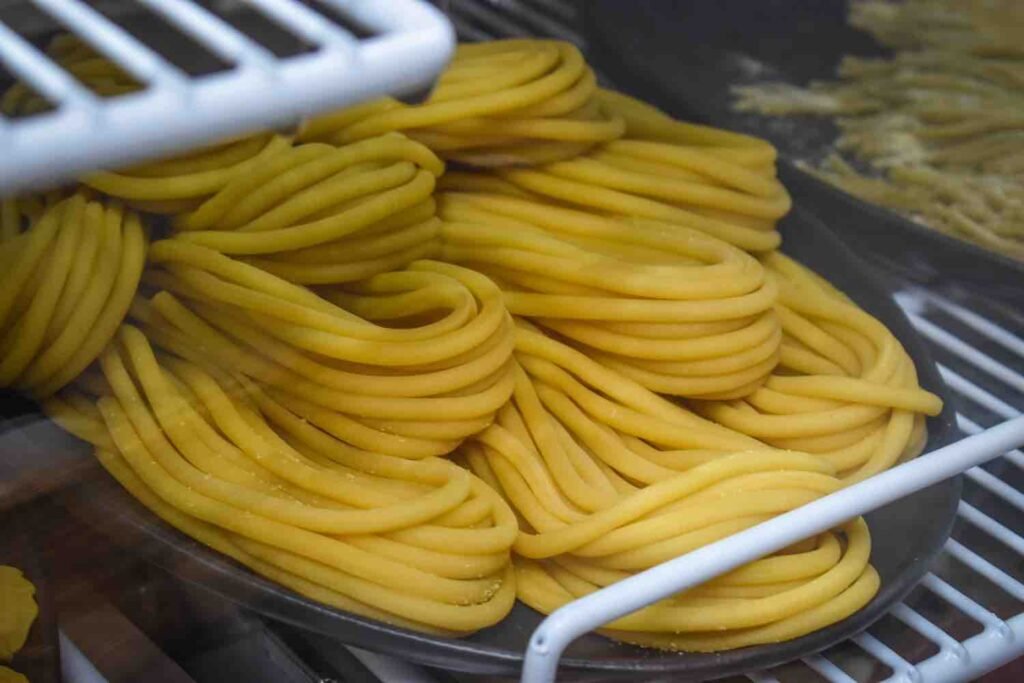
And with it, introduced the idea that people—particularly Americans—should care about where their food is from and how it is procured.
Pointing to a wall of dried and canned goods—featuring everything from the stellar Sogno Tuscano brand (which are, in my humble opinion, the best dried pasta to exist) to wine from also-stellar brands like Siddùra and Tornatore from Arrone’s personally curated wine list—Samaniego says, “We use everything on that wall in our restaurant.”
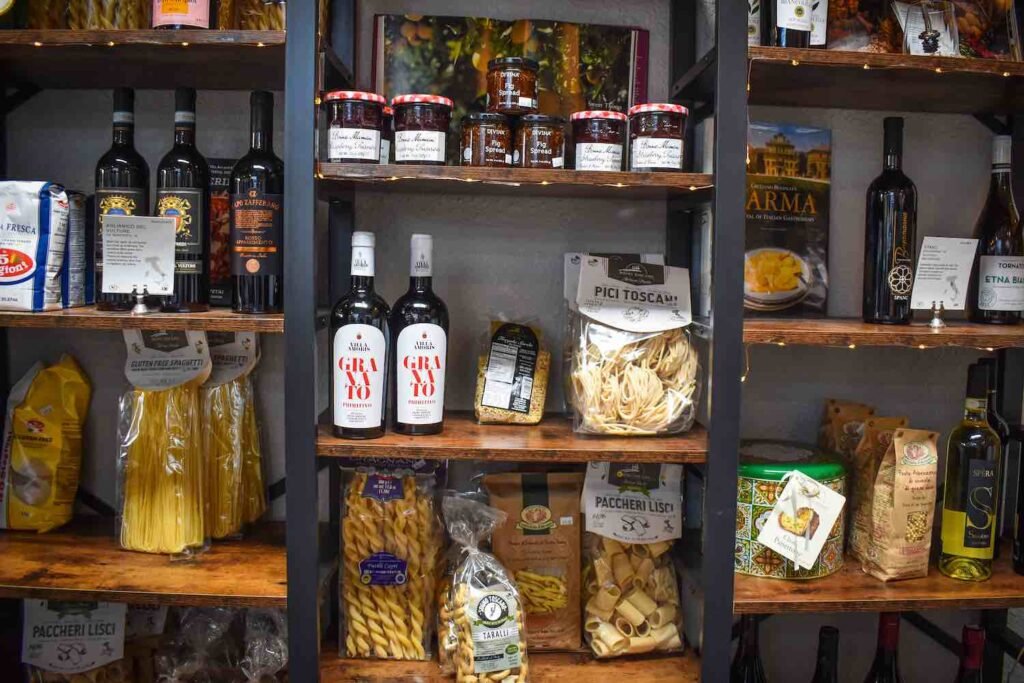
In other words, at Michael’s Market, you’re buying what they make for themselves—and even more, it is a way for them to balance sustainability while also creating community: Surely, you can buy a bundle of freshly made bucatini—something I believe in agreeing with when Samaniego says they might be the only place in Long Beach where one can buy fresh bucatini—or, if you so wish, you can buy the very eggs and flour the chef uses to make the restaurant’s plethora of pastas on your own, at home.
“The quality of product you can score at the Market for the price we have it at should not be possible,” Samaniego said, chuckling. “And it’s important to us to let customers know, ‘Hey, this is the quality of what we use in our tasting dinners—and you can get it right here.'”
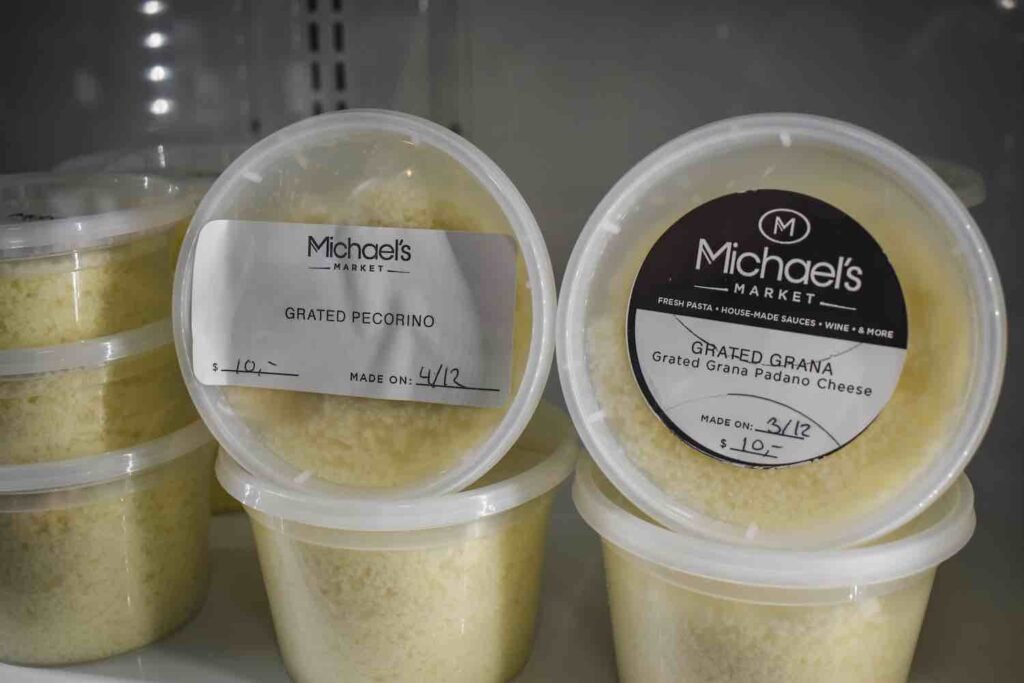
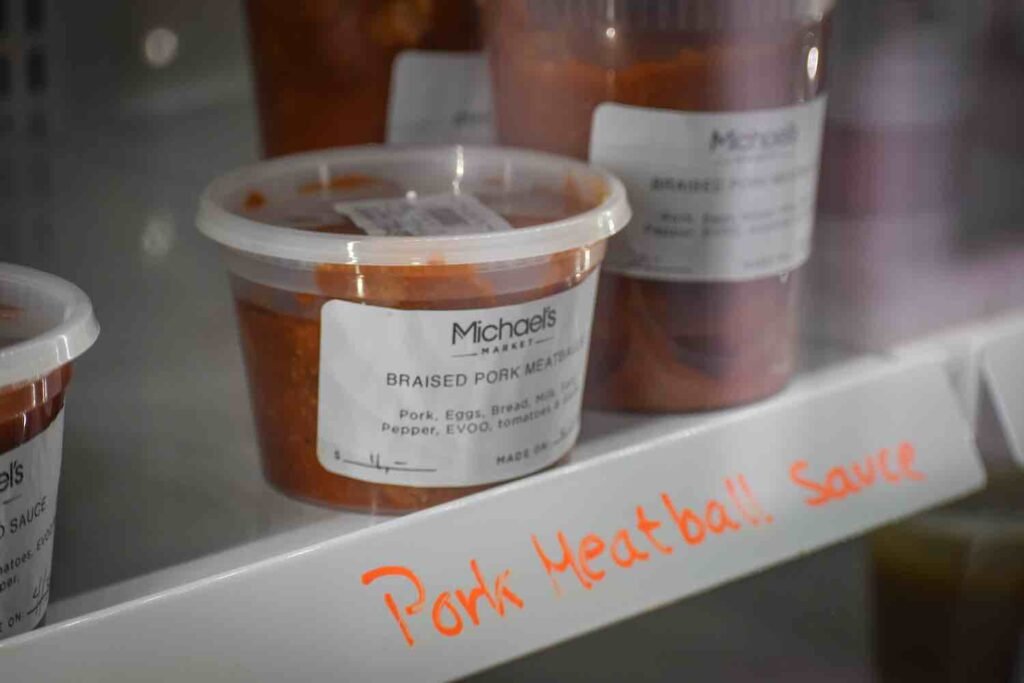
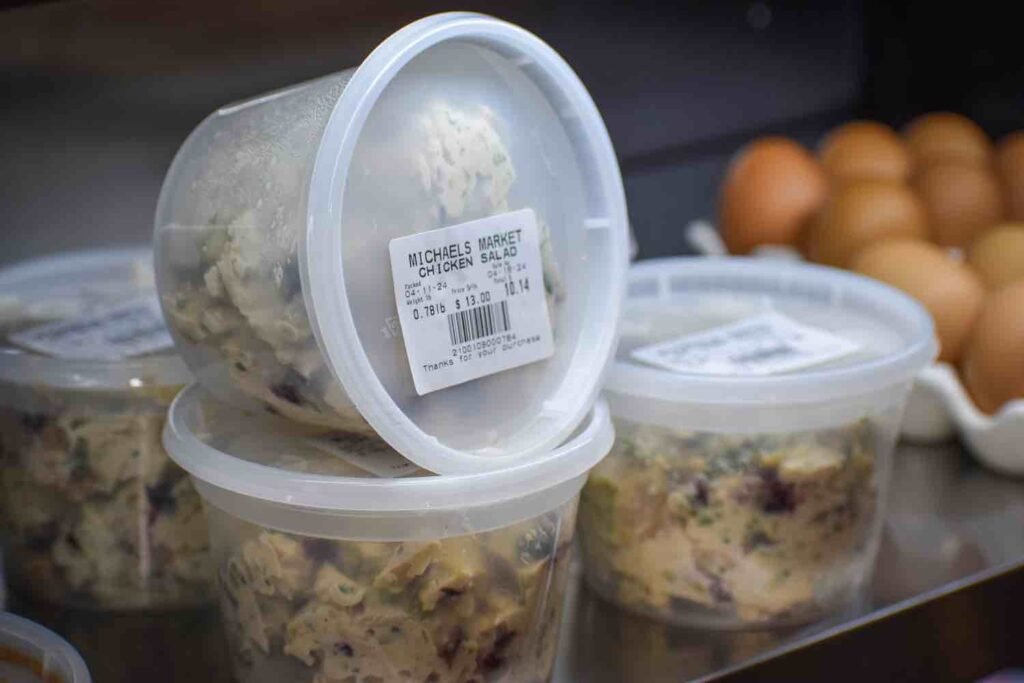
Yes, you can also score dinners to-go at Michael’s Market
Speaking of dinners, the market harkens to its pandemic days by a trio of dinner offerings across Thursdays, Fridays, and Saturdays, giving a party of two a packaged meal with two entrées, two salads, and two desserts—all for a pretty damn decent price.
Come Thursday, you can score the polls alla milanese with a potato purée, organic mixed green salad, and two almond cakes for $45. Friday is even cheaper: lasagna del contadino (aka veggie lasagna) comes with the same salad and cakes for $40. And Saturday, if you’re feeling a bit more decadent, score their brasato di manzo (braised short ribs) with mashed potatoes, salad, and almond cakes for $50. And considering you can score a really stellar bottle of wine for $25, it’s not a bad date on your patio or couch with zero effort involved.
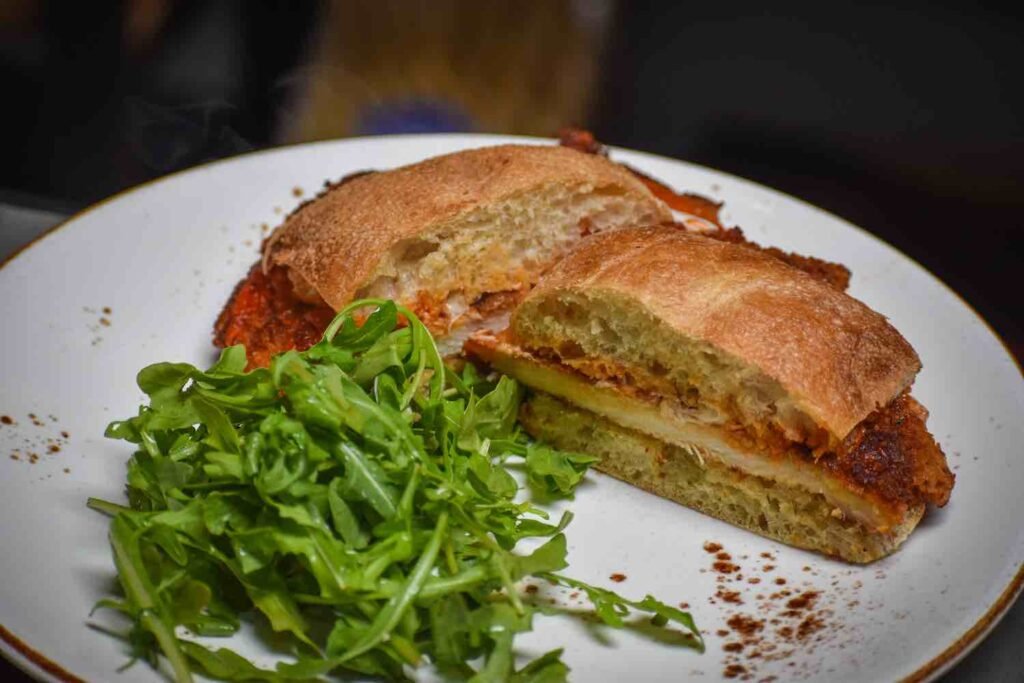
There’s other things that reflect their love of using everything: While they sell whole Mary’s rotisserie chicken for $20, anything that isn’t sold fresh is turned into a chicken salad available by the pound (and, according to Samaniego, the market’s best seller). For chicken parm dinners that aren’t sold on Thursdays, you can score a chicken parm sandwich the following day, with a salad, for $14.
It is ultimately a reflection of Michael’s continual dedication to not just its community—it literally gave up its pizzeria to move it into the restaurant after so many customers requested it and then, in turn, converted it into a market—but evolution and adaptation.
And that, if anything, deserves not just our applause but patronage.
Michalel’s Market is located at 5616 E. 2nd St.

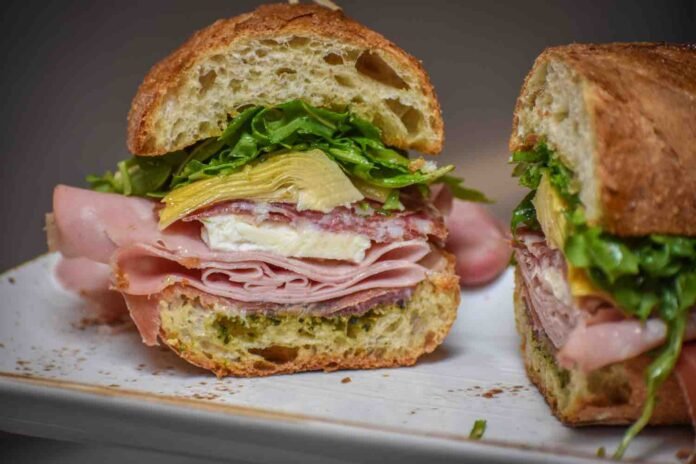

[…] Story continues […]